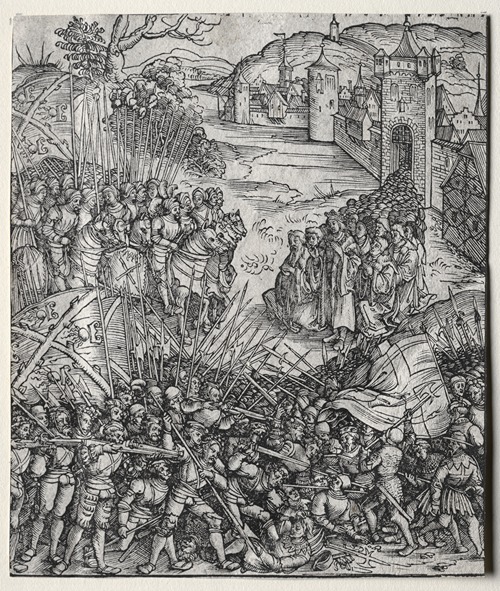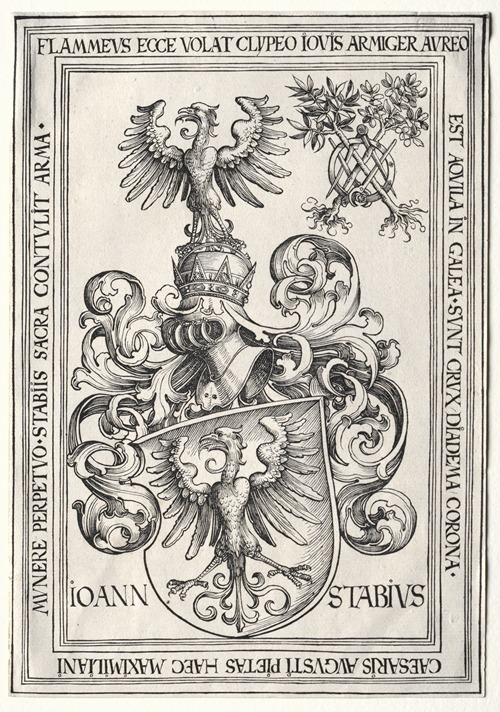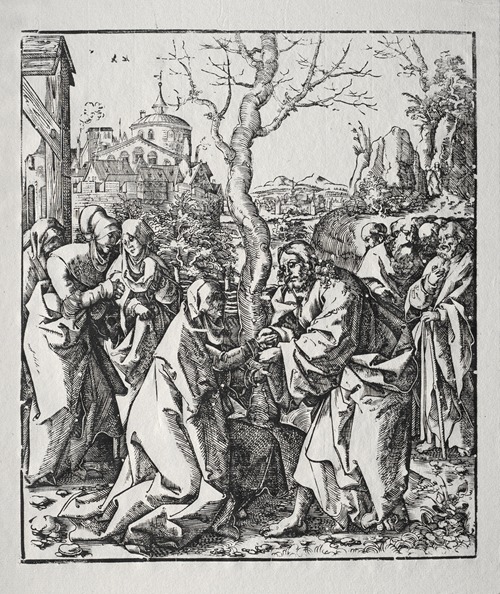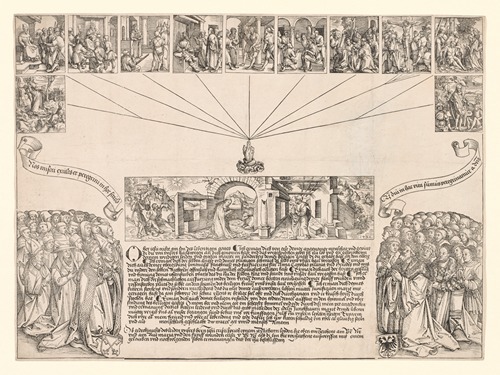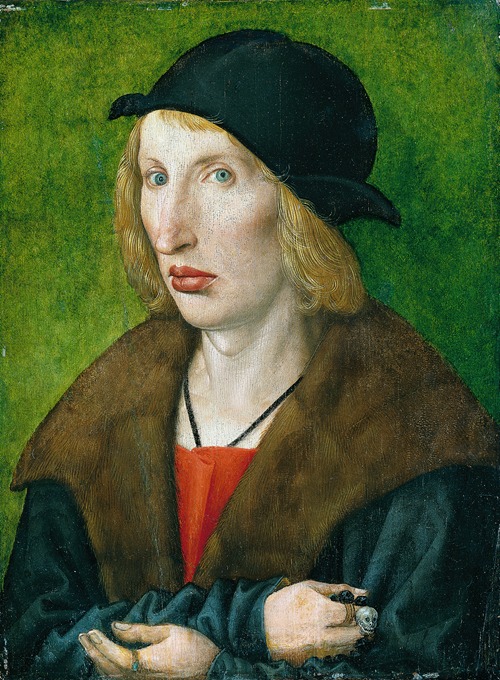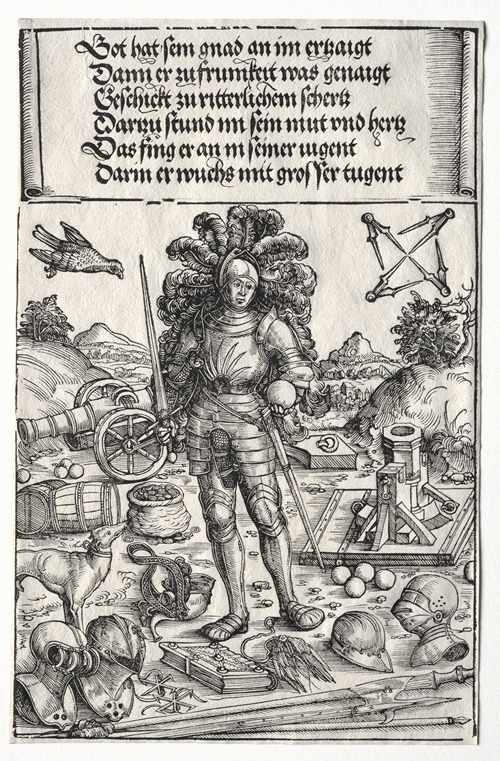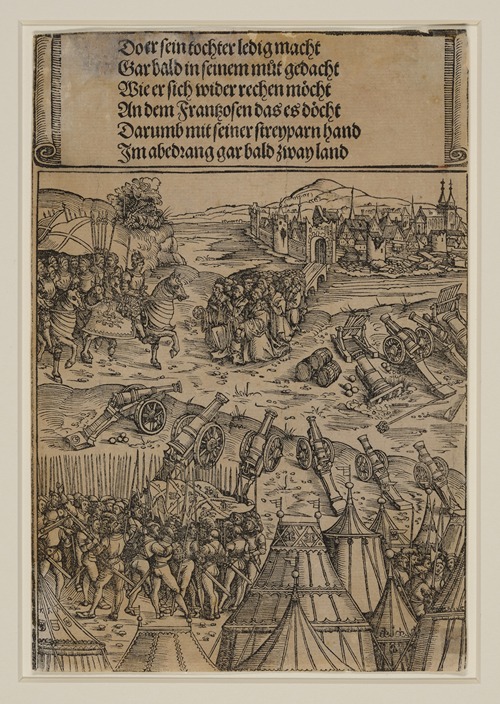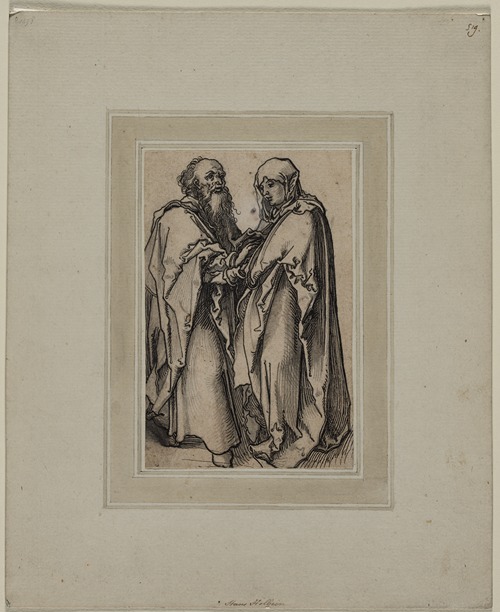
Wolf Traut was a German painter, designer of woodcuts and glass paintings. He apprenticed to his father, Hans Traut, a native of Speyer who became a citizen of Nuremberg in 1477. The earliest woodcuts to be firmly attributed to him were for Ulrich Pinder's 'Der beschlossen Gart des Rosenkranz Maria' of 1505, which he must have made while in the workshop of Albrecht Dürer; and he was probably also an assistant of Hans von Kulmbach. From 1512 to 1513, Dürer employed him to make woodcuts for his Triumphal Arch. His most important painting, the Artelshofener altarpiece, signed and dated 1514, and originally in the Lorenzkirche, Nuremberg, is now in Munich (Bayerisches Nationalmuseum).
From 1513 to 1518 he executed altarpieces for the monastery at Heilsbronn (now Heilsbronn Münster, and Nuremberg, Germanisches Nationalmuseum). A few drawings have been attributed to Traut on a stylistic basis; they are to be found in Paris (Louvre), Erlangen (Universitätsbibliothek), Nuremberg (Germanisches Nationalmuseum) and elsewhere.
